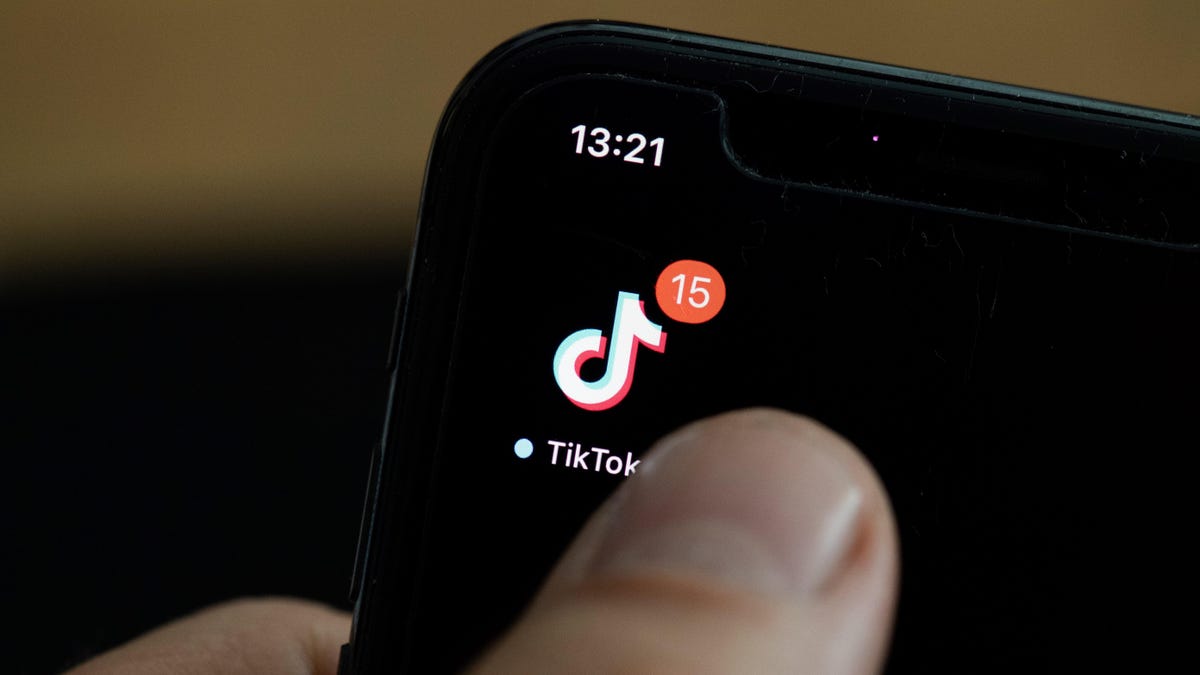
Among the ongoing cavalcade of lawmakers and laypeople concerned about whether social media algorithms might be rotting their user’s brains, TikTok’s faced a fair amount of scrutiny, and for good reason. Despite the app’s ballooning usage across the globe—with ballooning revenue figures to match—there’s still a hell of a lot that we don’t know about how the company hooks its users and keeps them coming back for more.
Now, thanks to a new report from the New York Times report by Ben Smith, we finally got our first peek.
The Times didn’t share a copy of the document—allegedly titled “TikTok Algo 101,”— in its report, and Gizmodo was unable to track down a copy to confirm the details for ourselves. That said, a TikTok spokesperson confirmed the document’s authenticity, saying it was meant to explain to less tech-savvy employees how the platform’s algorithms work. The Times explains that it was one of those employees who actually leaked that document to the paper, noting that they were “disturbed” by the platform’s tendency to push users towards “sad” content that might depress users.
The Times’ description of the doc doesn’t make references towards any of the disturbing content that might crop up on its users’ feeds. But it does talk about a bit of math. That’s because, at the end of the day, no algorithm is made up of arcane bits of black magic, the way some lawmakers might imply. Instead, these algorithms (any algorithms, really), are designed to turn your on-platform behavior into a series of figures and use those figures to inform the content that should be on your feed.
The real question is where those figures come from. One recent report from the Wall Street Journal, for example, found that TikTok’s recommendation systems rely somewhat heavily on the time you spend watching a given video.
G/O Media may get a commission

43% off
75″ TCL Mini LED TV
Normally $2,300, the TCL 6-Series boasts a 4K QLED screen with Dolby Vision and HDR10+ and access to thousands of apps on Google TV.
Other third-party analyses have echoed these findings, pointing out that sticking through a given clip to the end (or even better yet, rewatching it a few times), will almost certainly result in TikTok feeding you more of that kind of content.
But according to the doc that the Times reviewed, watch (or rewatch) time isn’t the only ingredient that TikTok’s algorithm uses. Alongside those figures, the algo also takes into account some other numbers, too: the number of likes and comments a video has, how long that video is (its “playtime”), and whether that video was played by a user at all. There’s even a handy equation for the math nerds out there:
Plike X Vlike + Pcomment X Vcomment + Eplaytime X Vplaytime + Pplay X Vplay
“The recommender system gives scores to all the videos based on this equation, and returns to users videos with the highest scores,” the document reportedly reads. “For brevity, the equation shown in this doc is highly simplified. The actual equation in use is much more complicated, but the logic behind [it] is the same.”
As for what this algo is ultimately designed to do, it might not surprise you that TikTok—just like every other major social platform—is chasing growth. The Times said that the doc “frankly” describes that the company’s “‘ultimate goal’ [is] adding daily active users,” which is why the platform optimizes for content that keeps users coming back, and keeps them coming back for longer. Smith writes:
[The algorithm] has chosen to optimize for two closely related metrics in the stream of videos it serves: “retention”—that is, whether a user comes back—and “time spent.” The app wants to keep you there as long as possible. The experience is sometimes described as an addiction, though it also recalls a frequent criticism of pop culture.
In that respect, the Times is right. Before people were (rightfully!) worried about social media addiction, critics in the ‘90s were worried about tv viewers becoming addicted to their devices, and critics in the ‘80s (and beyond) were concerned about video game addiction. And just like the social media platforms of today, those technologies were built to keep users watching, gaming, and just generally spending more time in front of a screen. More time spent streaming TV and playing games means more money in the pockets of the streaming and gaming giants behind those forms of the media, the same way more time spent on TikTok means more money for TikTok.
“While the models may be complex, there’s nothing inherently sinister or incomprehensible about the TikTok recommendation algorithm outlined in the document,” Smith writes. That doesn’t mean that we need to stop being concerned about TikTok’s influence in general—there’s plenty of reasons that the company raises eyebrows among tech critics already. But it serves as a good reminder to stop treating algorithms like some arcane, unspeakable horror lurking inside of our apps, and more like what they are: mathematical models designed to take our online behavior and turn it into offline profit.
